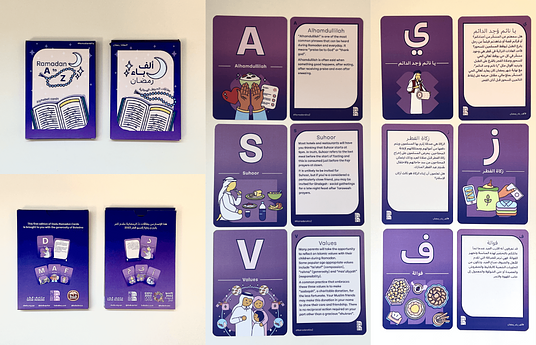The bilingual pedagogy, aimed for children in early childhood education, is a way to help children get familiar with a new language and create positive attitudes towards it. In the preschool, both languages are used flexibly and according to certain principles during the whole day, in both everyday situations and structured activities.
There is a growing need for learning languages and creating positive attitudes towards learning them. By starting earlier and giving the children opportunities to use the language in everyday situations on their own level, there is a good opportunity to affect the attitudes and to motivate them to learn more. Introducing a new language in early childhood education and care (ECEC) is one way to address this problem. One of the main advantages of implementing bilingual pedagogy already in ECEC is that the children are open and sensitive for learning languages.
In bilingual pedagogy, both languages are used during the whole day (e.g. lunch, circle time, outdoor activities, interaction). Both languages are used as a goal and as a tool of learning.
- The Swedish language (the new language to the children) is used in concrete and repeated situations in the everyday activities and pedagogical routines. The Swedish language is kept very simple and the sentences are short. The children’s understanding of the language is promoted by using gestures, miming and articulating clearly.
- The Finnish language (the language that the children already know) is used in abstract and emotional situations, for challenging or complex issues, and for creating a feeling of security.
Susan Hellden-Paavola, the innovator, has worked as an ECEC teacher for 25 years with children ages 1 to 6 years old in diverse settings and in different cities in Finland and Sweden. Hellden-Paavola has worked in Finnish day-cares, in Swedish day-cares and in language immersion day-cares. In recent years, Hellden-Paavola has also worked with bilingual pedagogy, and has lectured on bilingual pedagogy in both Finland and Sweden.
More information on the bilingual pedagogy in early childhood educationin Finnish & in Swedish.



